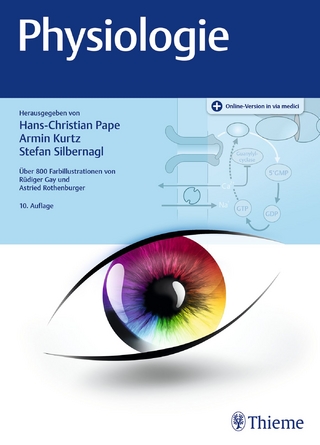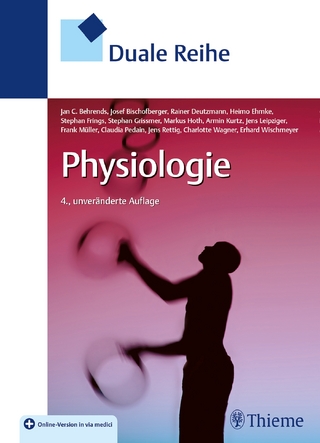
Nonlinear Analysis for Human Movement Variability
CRC Press (Verlag)
978-1-032-92063-4 (ISBN)
How Does the Body’s Motor Control System Deal with Repetition?
While the presence of nonlinear dynamics can be explained and understood, it is difficult to be measured. A study of human movement variability with a focus on nonlinear dynamics, Nonlinear Analysis for Human Movement Variability, examines the characteristics of human movement within this framework, explores human movement in repetition, and explains how and why we analyze human movement data. It takes an in-depth look into the nonlinear dynamics of systems within and around us, investigates the temporal structure of variability, and discusses the properties of chaos and fractals as they relate to human movement.
Providing a foundation for the use of nonlinear analysis and the study of movement variability in practice, the book describes the nonlinear dynamical features found in complex biological and physical systems, and introduces key concepts that help determine and identify patterns within the fluctuations of data that are repeated over time. It presents commonly used methods and novel approaches to movement analysis that reveal intriguing properties of the motor control system and introduce new ways of thinking about variability, adaptability, health, and motor learning.
In addition, this text:
Demonstrates how nonlinear measures can be used in a variety of different tasks and populations
Presents a wide variety of nonlinear tools such as the Lyapunov exponent, surrogation, entropy, and fractal analysis
Includes examples from research on how nonlinear analysis can be used to understand real-world applications
Provides numerous case studies in postural control, gait, motor control, and motor development
Nonlinear Analysis for Human Movement Variability advances the field of human movement variability research by dissecting human movement and studying the role of movement variability. The book proposes new ways to use nonlinear analysis and investigate the temporal structure of variability, and enables engineers, movement scientists, clinicians, and those in related disciplines to effectively apply nonlinear analysis in practice.
Dr. Nick Stergiou is the distinguished community research chair in biomechanics and professor and director of the Biomechanics Research Building at the University of Nebraska Omaha. He is also a professor in the Department of Environmental, Agricultural, and Occupational Health of the College of Public Health at the University of Nebraska Medical Center. His research focuses on understanding variability inherent in human movement, and he recently founded the first ever Center for Research in Human Movement Variability. Dr. Stergiou is an international authority in the study of nonlinear dynamics and has published more than 200 peer-reviewed articles.
Introduction. Time Series. State-Space Reconstruction. Lyapunov Exponent. Surrogation. Entropy. Fractals. Autocorrelation Function, Mutual Information, and Correlation Dimension. Case Studies.
| Erscheinungsdatum | 16.10.2024 |
|---|---|
| Zusatzinfo | 228 Illustrations, black and white |
| Verlagsort | London |
| Sprache | englisch |
| Maße | 156 x 234 mm |
| Gewicht | 752 g |
| Themenwelt | Medizin / Pharmazie ► Physiotherapie / Ergotherapie ► Orthopädie |
| Studium ► 1. Studienabschnitt (Vorklinik) ► Physiologie | |
| Technik ► Medizintechnik | |
| ISBN-10 | 1-032-92063-7 / 1032920637 |
| ISBN-13 | 978-1-032-92063-4 / 9781032920634 |
| Zustand | Neuware |
| Informationen gemäß Produktsicherheitsverordnung (GPSR) | |
| Haben Sie eine Frage zum Produkt? |
aus dem Bereich


